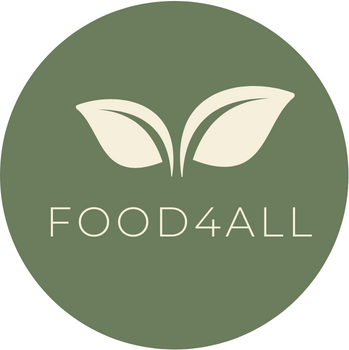Climate change may also result in the appearance of toxins (for example mycotoxins) and other contaminants produced by fungi and plankton to new geographical locations or their increase to others. Specifically, temperature and humidity increment can directly enhance the fungal growth, the crop infection, and the mycotoxin toxicity. The above-mentioned increases and/or appearance of toxins, has been linked to some cases with the infection of plants and thus the entrance of toxins to the food chain through the contaminated food and feed crops.
As an example, aflatoxins (i.e. carcinogenic mycotoxins) are normally being produced by Aspergillus species in areas with hot and humid climates. The average increase at global temperature along with fluctuations in humidity resulted in the appearance of aflatoxins in southern Europe and their steady spread from 2000 up to now. EFSA managed in 2012 to create a tool able to predict the production and spread of aflatoxins in maize, wheat and rice under different climate change scenarios. Thus, the above example shows how the climate change may impact food safety and the importance of collaboration between the scientists and the authorities in order to find novel tools to implement new food safety outbreaks.
